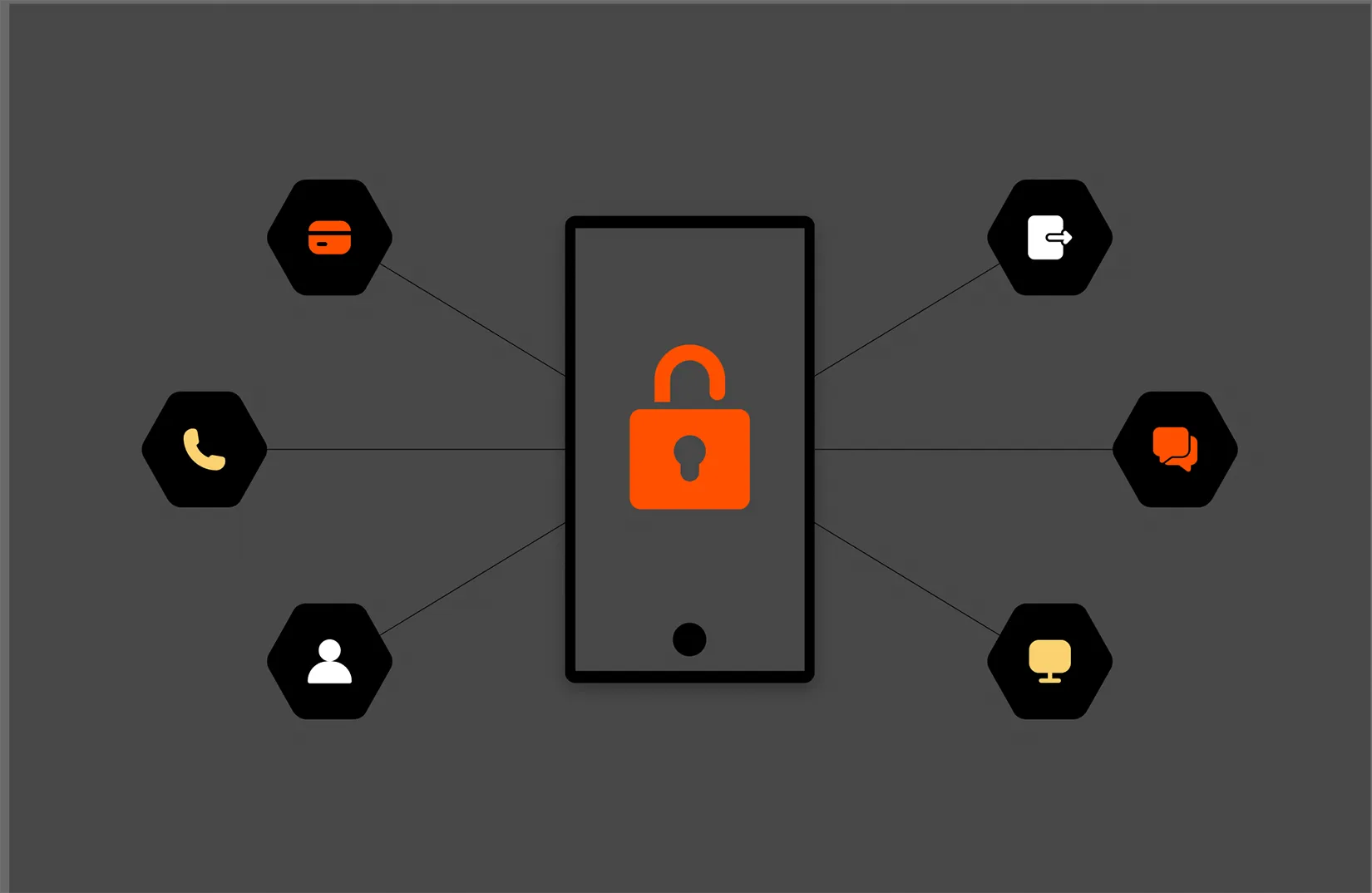The telecommunications landscape is continually evolving, and with this evolution comes the need for updated regulations and security measures. In response to these changes, governments worldwide are implementing new rules and frameworks to ensure the security and reliability of telecommunications services.
One of these new regulations is the UK’s Telecommunications Security Framework. In this article, we’ll discuss what the new framework entails, who it affects, and how telcos can prepare their IT infrastructures to comply with the framework’s primary piece of legislation: the Telco (Services) Act (TSA), which was passed into law in October 2022.
What Is the New Telecommunications Security Framework and Who Does It Affect?
The Telecommunications Security Framework is a set of regulations designed to enhance the security and resilience of the UK’s telecommunications networks and services. It’s aimed at safeguarding critical national infrastructure and ensuring telecommunications systems’ confidentiality, integrity, and availability.
The TSA affects all telecommunications companies operating in the UK, including traditional telecom operators, mobile network providers, internet service providers, and other entities that significantly deliver telecommunications services. Compliance with the TSA is essential for these companies to continue their operations legally and maintain the trust of their customers.
These companies are expected to implement TSA-required changes over the next two to six years. While the type and extent of changes required depends on the telco provider’s tier and commercial scale, the TSA set a deadline of March 31, 2024, for the earliest set of security measures. This includes enforcing compliance throughout their supply chain. Below, we’ll explain what the TSA seeks to accomplish and what telco providers can do to help ensure compliance.
What Does the TSA Require Telcos to Do?
The TSA places several requirements on telcos to ensure the security of their networks and services. These requirements can be summarized into the following key areas:
Risk management and mitigation: Telcos must identify and assess risks to their networks and services. This includes threats to telecommunications systems’ availability, confidentiality, and integrity. Once they identify risks, telcos are expected to implement measures to mitigate these risks effectively.
Supply chain security: The TSA emphasizes the importance of securing the supply chain for telecommunications equipment and services. Telcos must conduct due diligence on their suppliers and ensure that the products and services they procure meet the necessary security standards.
Reporting of incidents: Telcos are required to report certain security incidents to the relevant authorities promptly. This ensures that potential threats or vulnerabilities are addressed promptly, and lessons are learned to improve security measures.
Security of customer data: Protecting customer data is of paramount importance. Telcos must implement robust measures to safeguard the privacy and security of customer information.
The TSA’s 3 Key Themes
The TSA’s mandates fall into three key themes, each addressing specific aspects of telecommunications security:
Network and service resilience: Telcos are expected to ensure that their networks and services are resilient against various threats, including cyberattacks, natural disasters, and technical failures. This involves redundancy planning, disaster recovery procedures, and cybersecurity measures.
Vendor security: The TSA places a significant emphasis on the security of telecommunications equipment and services provided by vendors. Telcos must carefully vet their suppliers, assess the security of their products, and implement measures to mitigate supply chain risks.
National security: Protecting national security interests is a core component of the TSA. Telcos must cooperate with government authorities to address security threats that may have national implications.
In 2022, the UK government introduced the Electronic Communications (Security Measures) Regulations, which complement the TSA. These regulations specify detailed security measures that telcos must implement, including:
- Regular security risk assessments and audits
- Implementing measures to prevent unauthorized access to networks and data
- Encrypting sensitive communications
- Reporting security incidents to the National Cyber Security Centre (NCSC)
- Ensuring the security of customer data
How Telcos Can Ready Their IT Infrastructures for TSA Compliance
Telcos must invest in robust cybersecurity measures, conduct thorough risk assessments, secure their supply chains, and collaborate closely with government authorities. By taking proactive steps to meet these requirements, telcos can not only meet their legal obligations but also enhance the trust and confidence of their customers in an era of increasing cybersecurity threats.
Here’s a quick high-level guide for how telcos can prepare their IT infrastructure for TSA compliance.
1. Conduct a Comprehensive Risk Assessment
The first step for telcos is to conduct a thorough risk assessment of their IT infrastructures. This should encompass cybersecurity risks, supply chain risks, and potential threats to network and service resilience. Identifying vulnerabilities is the first step towards mitigating them effectively.
2. Invest in Cybersecurity Measures
Telcos should invest in robust cybersecurity measures to protect their networks and customer data. This includes intrusion detection systems, encryption protocols, firewalls, and regular security audits.
3. Secure the Supply Chain
Due diligence in the supply chain is critical. Telcos should establish stringent procurement criteria that consider security standards and vendor reliability. Regular assessments of suppliers’ security practices are also essential.
4. Implement Incident Response Plans
Being prepared for security incidents is crucial. Telcos should develop and regularly update incident response plans that outline the steps to take in case of a breach or security incident.
5. Collaborate with Government Authorities
Building strong partnerships with government agencies responsible for telecommunications security is essential. Telcos should actively engage with these authorities to share threat intelligence and collaborate on security initiatives.
6. Educate Employees
Security is not just about technology; it also involves people. Telcos should provide cybersecurity training to employees to ensure they know best practices and potential threats.
Conclusion
Compliance with the TSA isn’t just a legal requirement; it’s a critical step in safeguarding national security and maintaining customer trust. Telcos must be proactive in readying their IT infrastructures for TSA compliance by conducting risk assessments, investing in cybersecurity, securing the supply chain, and collaborating with government authorities.
By taking these steps, telcos can meet regulatory obligations and bolster the resilience and security of their telecommunications networks and services in an ever-evolving digital landscape.

Safeguard Your Data—and Your Business
Ensure effortless business continuity and data recovery.
Written By:







